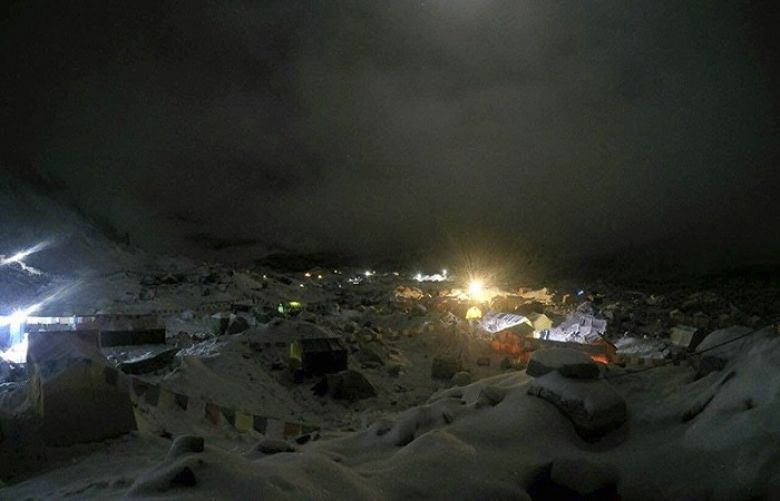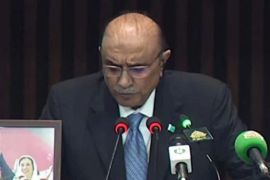Planeloads of aid material, doctors and relief workers from neighboring countries began arriving Sunday in Nepal, a poor Himalayan nation reeling from a powerful earthquake that killed more than 1,800 people and destroyed infrastructure, homes and historical buildings.
The disaster's international reach was also apparent on the slopes of Mount Everest where an avalanche triggered by Saturday's earthquake buried part of the base camp packed with foreign climbers preparing to make their summit attempts. At least 17 people died there and 61 were injured.
Google executive Dan Fredinburg was one of the climbers to have been confirmed as having been killed.
A powerful 6.7 magnitude aftershock struck the earthquake-devastated region on Sunday as relief efforts are under way, the United States Geological Survey (USGS) said, with climbers reporting the tremor triggered more avalanches on Mount Everest.
The latest quake struck northeast of Kathmandu near the border with China at a depth of 10 kilometres, the USGS said.
Climber Jim Davidson said he felt the aftershock at Camp One on Everest. “Just had our biggest aftershock yet here at C1 on Everest. Smaller than original quake but glacier shook & avalanches,” he tweeted.
These aftershocks are the most powerful to have been registered so far.
The magnitude 7.8 earthquake, which was centered outside Kathmandu, the capital, was the worst to hit the South Asian nation in over 80 years. It destroyed swaths of the oldest neighborhoods of Kathmandu, and was strong enough to be felt all across parts of India, Bangladesh, China's region of Tibet and Pakistan.
By Sunday morning, authorities said at least 1,970 people had died, all but 60 of them in Nepal. At least 721 of them died in Kathmandu alone, and the number of injured nationwide was upward of 5,000.
Tens of thousands of Nepalese who spent the night under a chilly sky were jolted awake by strong aftershocks Sunday.
“There were at least three big quakes at night and early morning. How can we feel safe? This is never-ending and everyone is scared and worried,” said Kathmandu resident Sundar Sah. "I hardly got much sleep. I was waking up every few hours and glad that I was alive."
As day broke, rescuers aided by international teams set out to dig through rubble of buildings ─ concrete slabs, bricks, iron beams, wood ─ to look for survivors.
Most areas were without power and water. The United Nations said hospitals in the Kathmandu Valley were overcrowded, and running out of emergency supplies and space to store corpses.
In the Kalanki neighborhood, police rescuers tried to extricate a man lying under a dead person, both of them buried beneath a pile of concrete slabs and iron beams. His family members stood nearby, crying and praying. Police said the man's legs and hips were totally crushed.
“We are digging the debris around him, cutting through concrete and iron beams. We will be able to pull him out but his body under his waist is totally crushed. He is still alive and crying for help. We are going to save him,” said police officer Suresh Rai.
The quake will likely put a huge strain on the resources of this impoverished country best known for Everest, the highest mountain in the world.
The economy of Nepal, a nation of 27.8 million people, relies heavily on tourism, principally trekking and Himalayan mountain climbing. With Kathmandu airport reopened, the first aid flights began delivering aid supplies.







